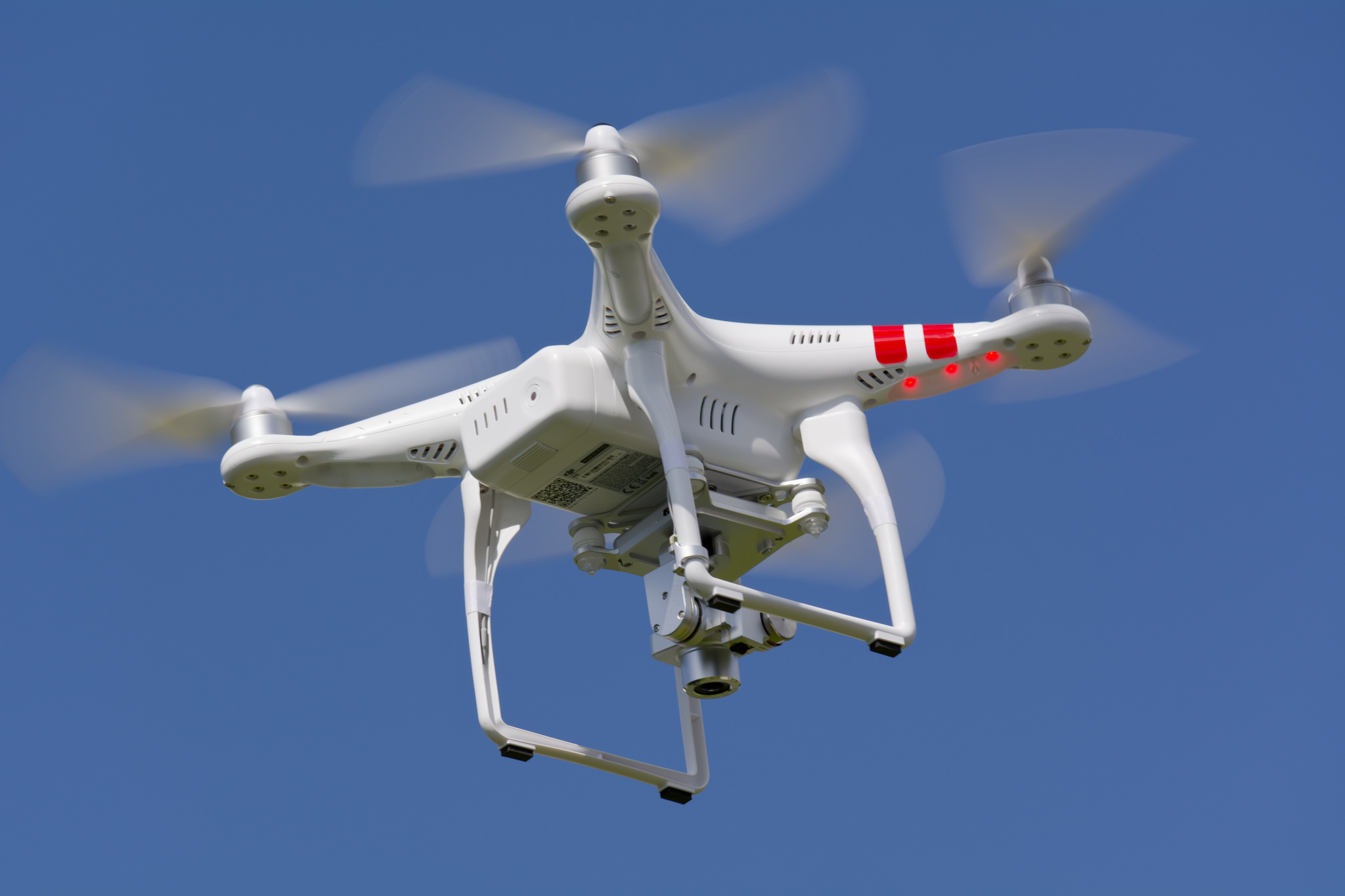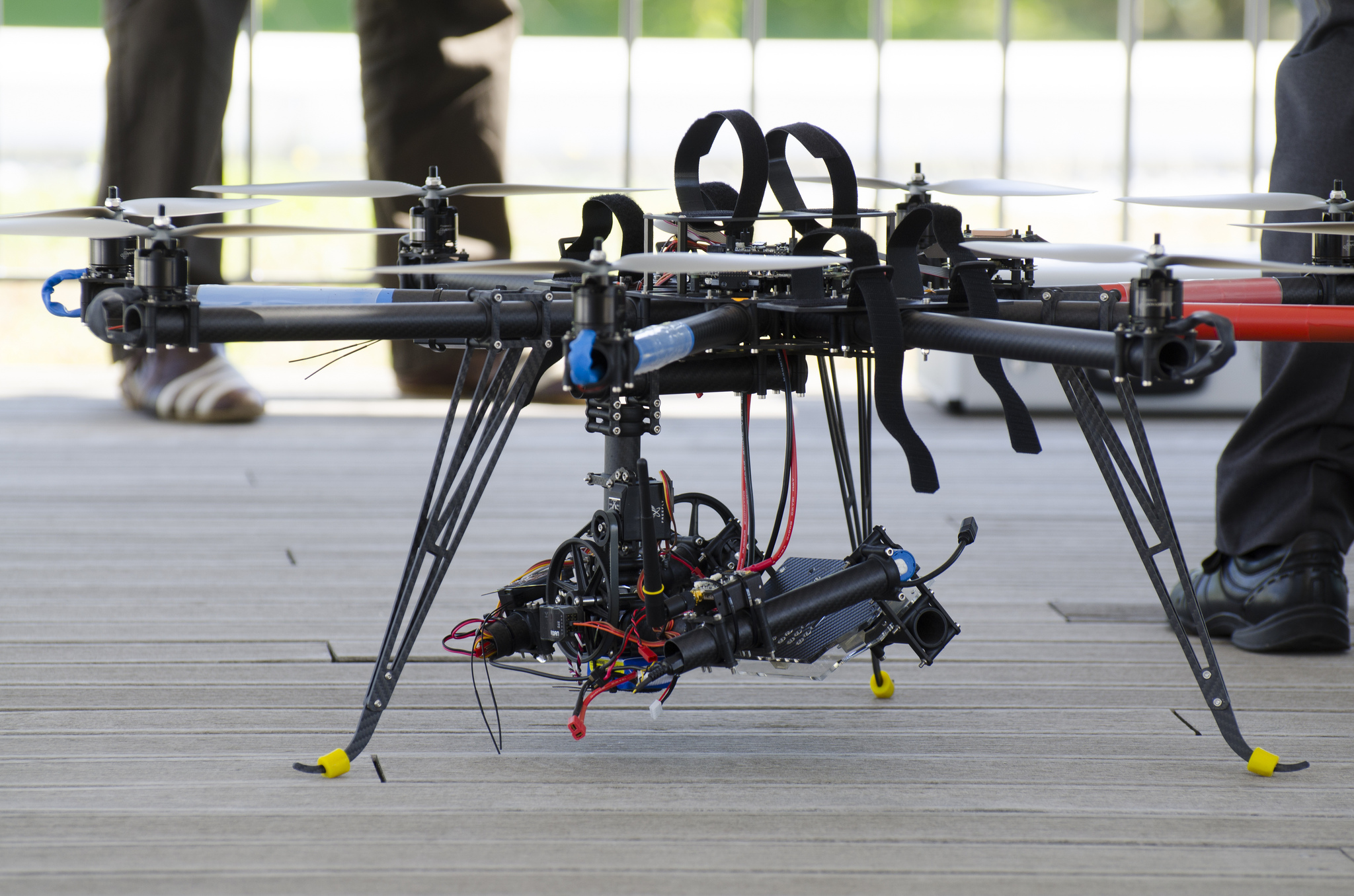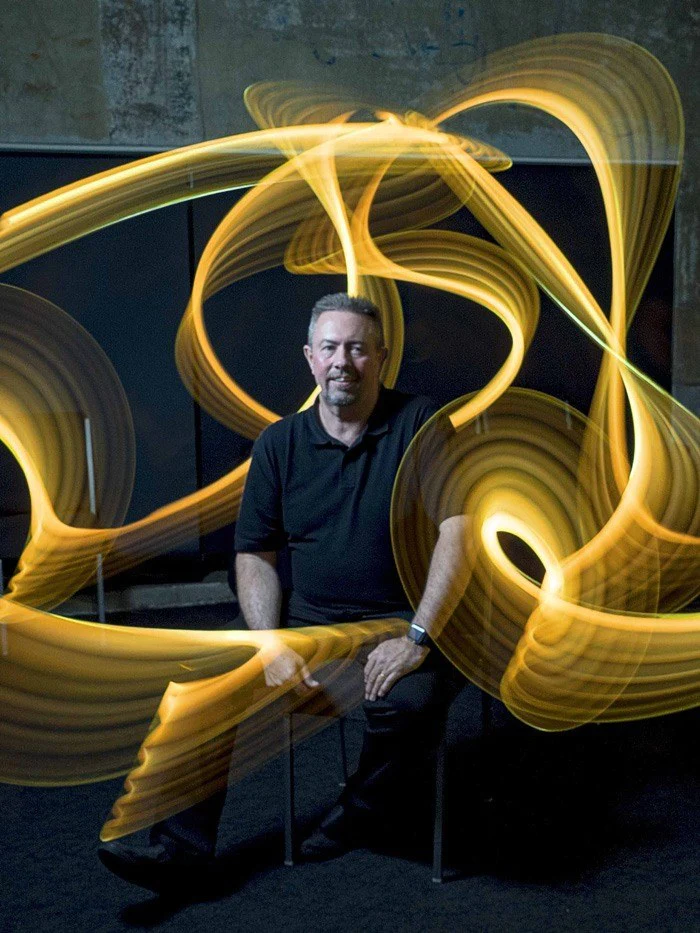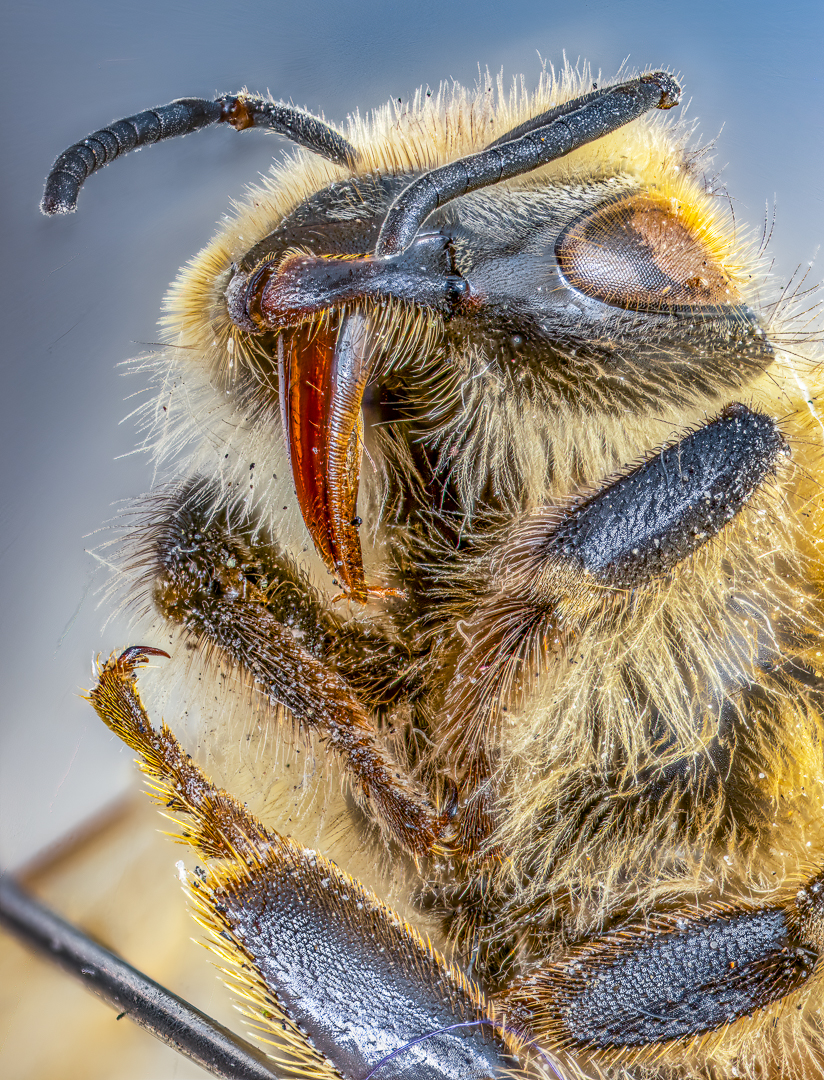Drones are becoming an increasingly important part of the photographer’s kit bag. The ability to move our cameras around three dimensions, hundreds of meters away from our position gives us immense photographic possibilities.
With those possibilities comes immense responsibility also. While the technology is advanced and highly reliable, the carbon-based life form operating it is prone to errors of judgment and overconfidence.

Drones have built up a bad reputation mainly due to the people using them, not the technology itself.
Flyaways, crashes, invasion of privacy are all issues that are highlighted by the media yet, much of this is over-hyped and based on the rogue few and not the responsible many.
It is pretty much for this reason that some countries now require you to have a license or permission if you wish to fly commercially. The United Kingdom is one of these and it’s regulation is called Permission For Commercial Operations, PfCO for short.
To obtain it you must demonstrate that you have sound knowledge of a number of aviation-related fields. These include air laws, navigation, meteorology, planning and of course operating a drone safely.
To demonstrate this you are required to take a course lasting 2-3 days and do a flight test known as an operational evaluation. I have just taken mine with Aerial Motion Pictures and I would like to share my experiences.

Who And Why?
I chose Aerial Motion Pictures for a few reasons. They were relatively close to where I was staying in the UK, they are one of the very first organizations sanctioned by the CAA to do the course, and they have a very good reputation.
Their communication with me was excellent, living in Ukraine I had to come to the UK, then do the theory and flight tests all in a short period of time. They gave me plenty of advice and allowed me to do some of the work in advance of taking the course.

Their course is called ICARUS or International Certificate of Approval for Remote Unmanned Systems. You can choose to do the standard two-day course or the Pro 3 day course. I choose the two-day course due to my limited time in the UK.
Price wise they are neither the cheapest or most expensive, the two-day course that I did is normally priced at £999.00 including VAT. Some other companies do not quote the VAT in their price so that is something to look out for when considering a course.
There are now around 22 companies in the UK qualified to do commercial drone training.
The Course Itself
I was one of 11 students and the location for the two days was a conference room in an old manor house in rural – and beautiful – Oxfordshire. Our trainer was a chap called Tom, a highly experienced drone pilot who delivered the information we needed to learn in a very clear and precise way.
The course is broken into a number of modules over two days with stops for coffee and lunch. Its pretty intensive with a lot of ground being covered in the time.
The first day introduced us to Air Law, Principles of Flight, Meteorology, Airspace and Operating Principles, Operating Manual and Risk Assessment, and LiPO Batteries.
Day two saw us studying Human Factors, Airmanship, Navigation, Flight Planning and the UK Military Low Flying System. It was that last module that put into perspective the importance of all the work we had studied over the last two days.
Many of us were not aware that in much of the UK, military fixed-wing aircraft can operate in uncontrolled airspace down to 250 feet. Military helicopters can operate down to surface level. When you understand that a military jet can fly 150 feet below the maximum operating altitude of your drone, you realize just how important the training is.
The end of the second day was wrapped up with a 50 question multiple choice exam. The pass requirement for this was 80% and I and my fellow students were all quite nervous about it. In the end, we all passed.

Operations Manual And Evaluation.
In addition to the theory, candidates are required to create an operation manual detailing exactly how they intend to operate their drone in a commercial environment. This is a daunting document that can take time, running to 10,000 words and 50 pages. I choose to do mine myself but there are also companies that will write the manual for you, for a fee.
The final part of the whole process is the Operation Evaluation. This is where you put together all the theory that you have learned in the form of a mock real-life job. The trainers test your ability to plan and execute a flying operation to the safety levels learned during your theory training. During the mock job you are randomly tested on two emergency procedures, in my case, a fire on the drone and an incursion by the public.
After the mock job, you are asked to carry out some flight maneuvers, be aware, if your drone has an ATTI mode, you will be expected to fly in that mode, that is without satellites locking your position.
Assuming you pass this, you are now cleared to apply to the CAA for a permission to operate commercially. That process has been greatly simplified with the addition of an online application form. The initial price for a years permission is £247 and £180 per year renewal.
Limitations Of The Permission.
Permission to fly from the CAA is not a blank check to do as you wish. If your drone is under 7kg, you can fly closer to buildings and people, 50m, as opposed to 150m but you must still remain under 400 feet and within 500m of your position.
However, for most photographic or video-based jobs, this is not an issue. Also, the permission only allows flight during civil daytime, although this is defined as 30 minutes before sunrise and 30 minutes after sunset so as you can see this includes the golden and blue hours.
You can apply for a further night flying permission but given that the drones that most of us will use, will not shoot well in the dark, this is probably not needed.
As mentioned at the top, many of the drone accidents we see or read about are caused by operator error. There is no real qualification needed to buy and fly a drone. The aviation authorities in most countries are very pro-drone. They see the huge benefits that they can bring to economies.
They also see the huge risks in allowing the market to continue to grow unregulated. It will not be long, in my mind, before much more stringent regulations are laid down for hobby fliers.
Even if you only shoot for fun it may well be useful to book yourself on a professional course, not necessarily for commercial flying, but in order to fully understand the potential consequences of flying an unmanned aircraft and how to operate one safely.
So what are your thoughts on drones and the courses available – please give us your thoughts in the comments below





4 Comments
I have always found the drone technology fascinating. I do have some questions though:
– Is the drone a specific “line of sight” operation? Meaning that does it always have to be within sight to operate?
– How much battery power does it need, specifically how long can it stay aloft?
Most countries operate a line of sight policy so yes that means it does have to be within visual sight. Despite that some drones can fly up to 4 miles away from the operator. Legally you would need to get permission from the local aviation authority to operate in that way. Line of sight is an important safety aspect in maintaining situational awareness.
In terms of batteries my Phantom 4 Pro gives me about 28 minutes of flight time. I have two batteries and a car charger so I can recharge on the move.
Thank you, that’s the first time I’ve had the opportunity to read what is actually involved in the process.
Very illuminating!
-Simon
Thanks for that report Jason. Very informative. I would love to do the course, but in UK costs £1000 upwards, whereas in USA equivalent is 107 and costs less than $100 I believe. It is purely the cost that is so prohibitive. Also I did not know that you had to pay the CAA further £247 plus £150 per year for PforCO.